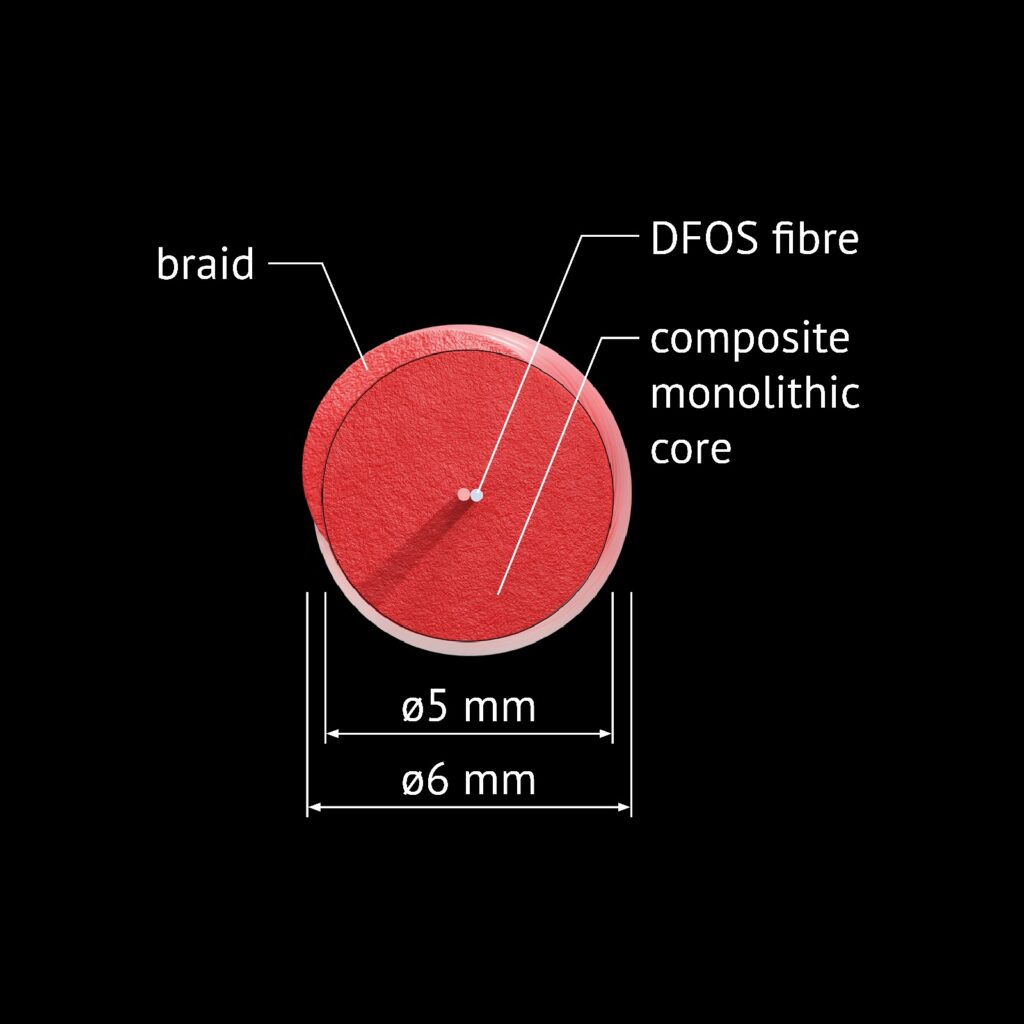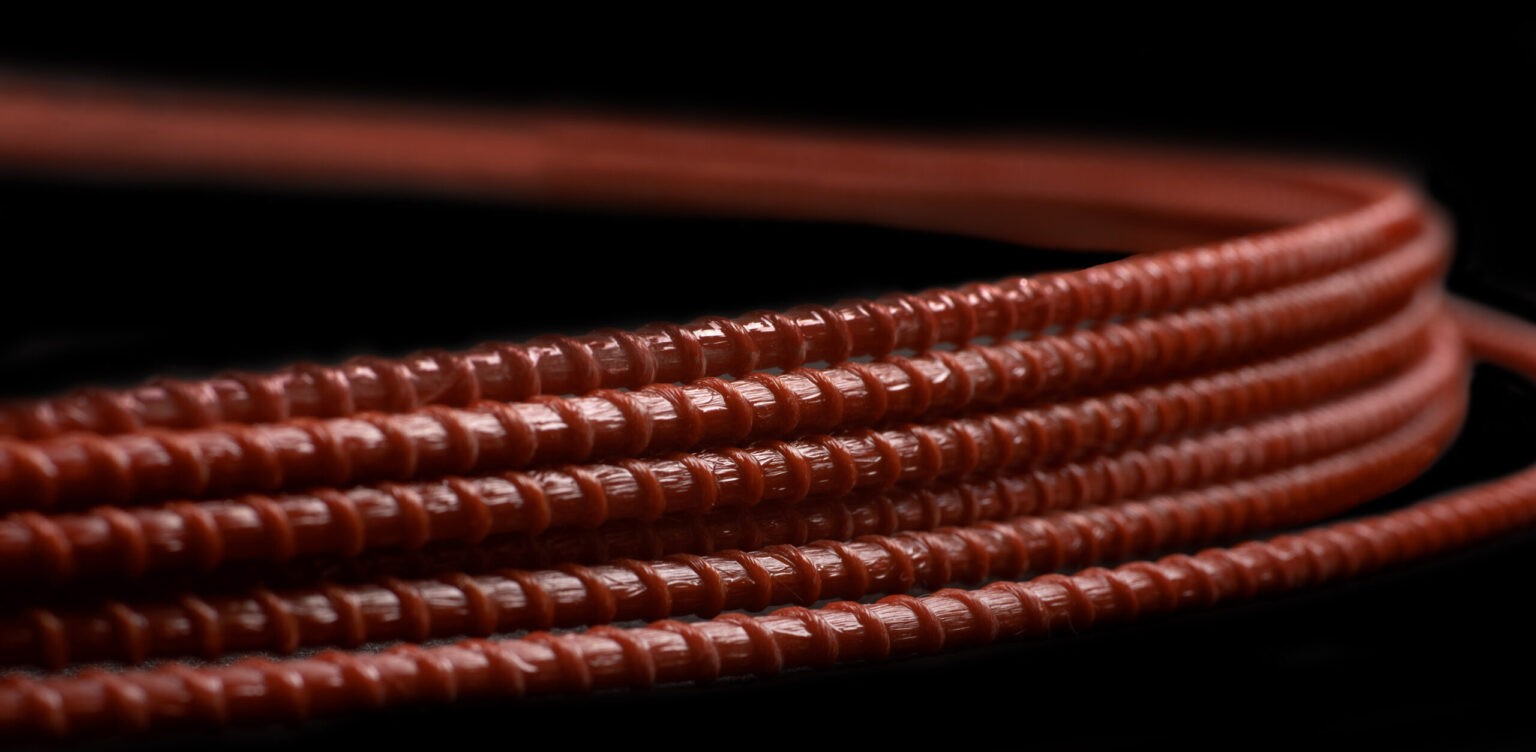
EpsilonRebar
The world’s first DFOS sensor with a strain range of up to 2% and a high elasticity modulus (E = 50 GPa) designed to be used as a sensor and reinforcement at the same time.
EpsilonRebar provides accurate strain and precise crack measurements over its entire length. On the other hand, it acts similar to a GFRP rebar with standard diameter of ø5 mm. Thanks to its high stiffness and tensile strength, it can perform a dual function: sensing and reinforcing simultaneously.
EpsilonRebar provides accurate strain and precise crack measurements over its entire length. On the other hand, it acts similar to a GFRP rebar with standard diameter of ø5 mm. Thanks to its high stiffness and tensile strength, it can perform a dual function: sensing and reinforcing simultaneously.
It measures both in compression and tension without pretensioning.
The sensor is designed for direct embedding in new structures (concrete or soil) or for installation in existing structures (e.g. in grooves in concrete). High robustness and resistance to mechanical loads and environmental conditions make EpsilonRebar ideal for in-situ applications within construction sites or existing infrastructure. It is also able to withstand short-term high temperatures during asphalting.
The sensor is designed for direct embedding in new structures (concrete or soil) or for installation in existing structures (e.g. in grooves in concrete). High robustness and resistance to mechanical loads and environmental conditions make EpsilonRebar ideal for in-situ applications within construction sites or existing infrastructure. It is also able to withstand short-term high temperatures during asphalting.
EpsilonRebar Advantages
Physical Quantities Measured

DSS
Strain and crack
Strain and crack

DTS
Temperature
Temperature

DAS
Vibrations (strain rate)
Vibrations (strain rate)
Typical Materials

Concrete

Soil

Steel
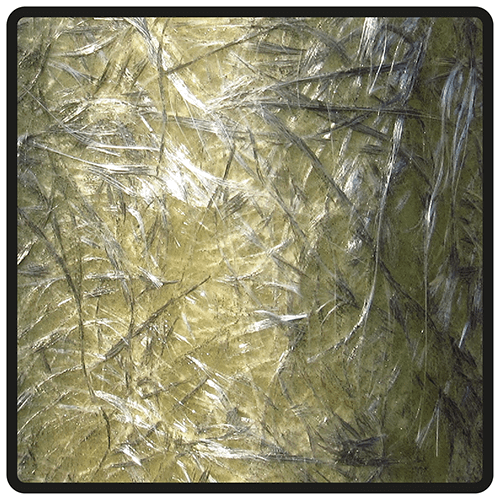
Composite
EpsilonRebar Application Areas
Structures | Bridges | Piles | Slurry walls | Roads | Dams | Embankments | Pipelines | Tunnels | Railways | Earthworks | Geotechnics | Landslides | Minings | Laboratories… and more
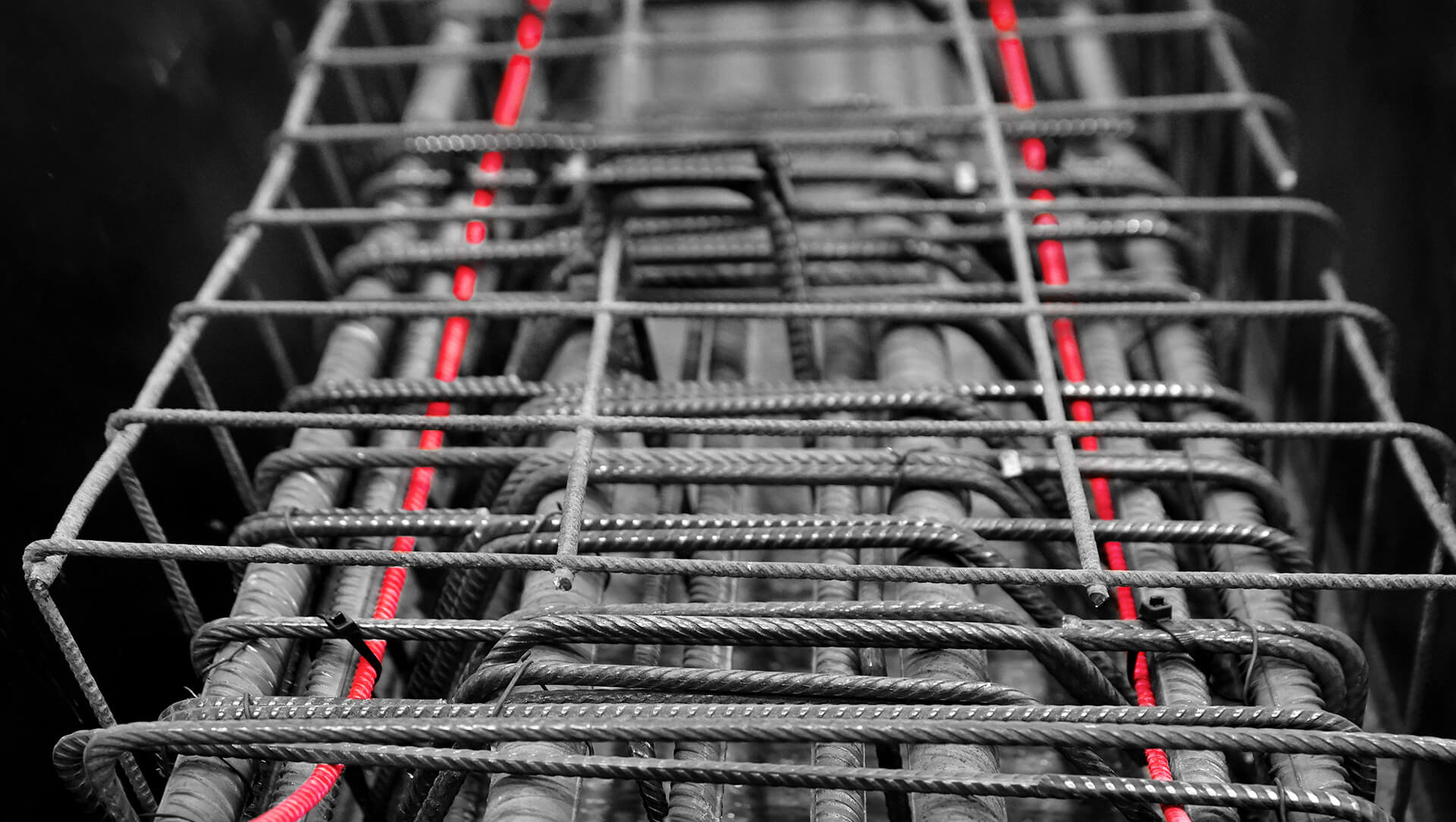
Prestressed concrete beam with EpsilonRebar
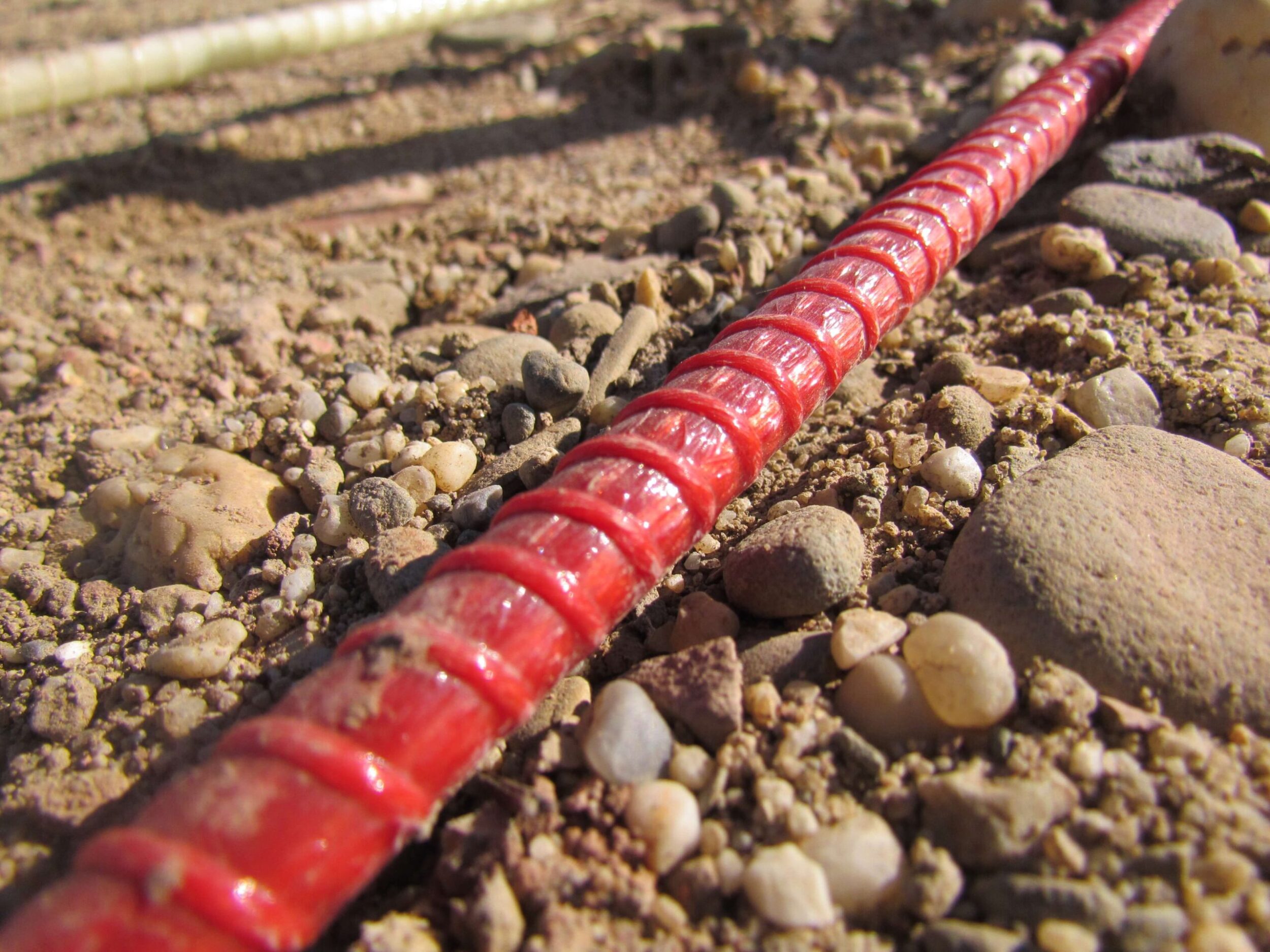
Road embankment with EpsilonRebar
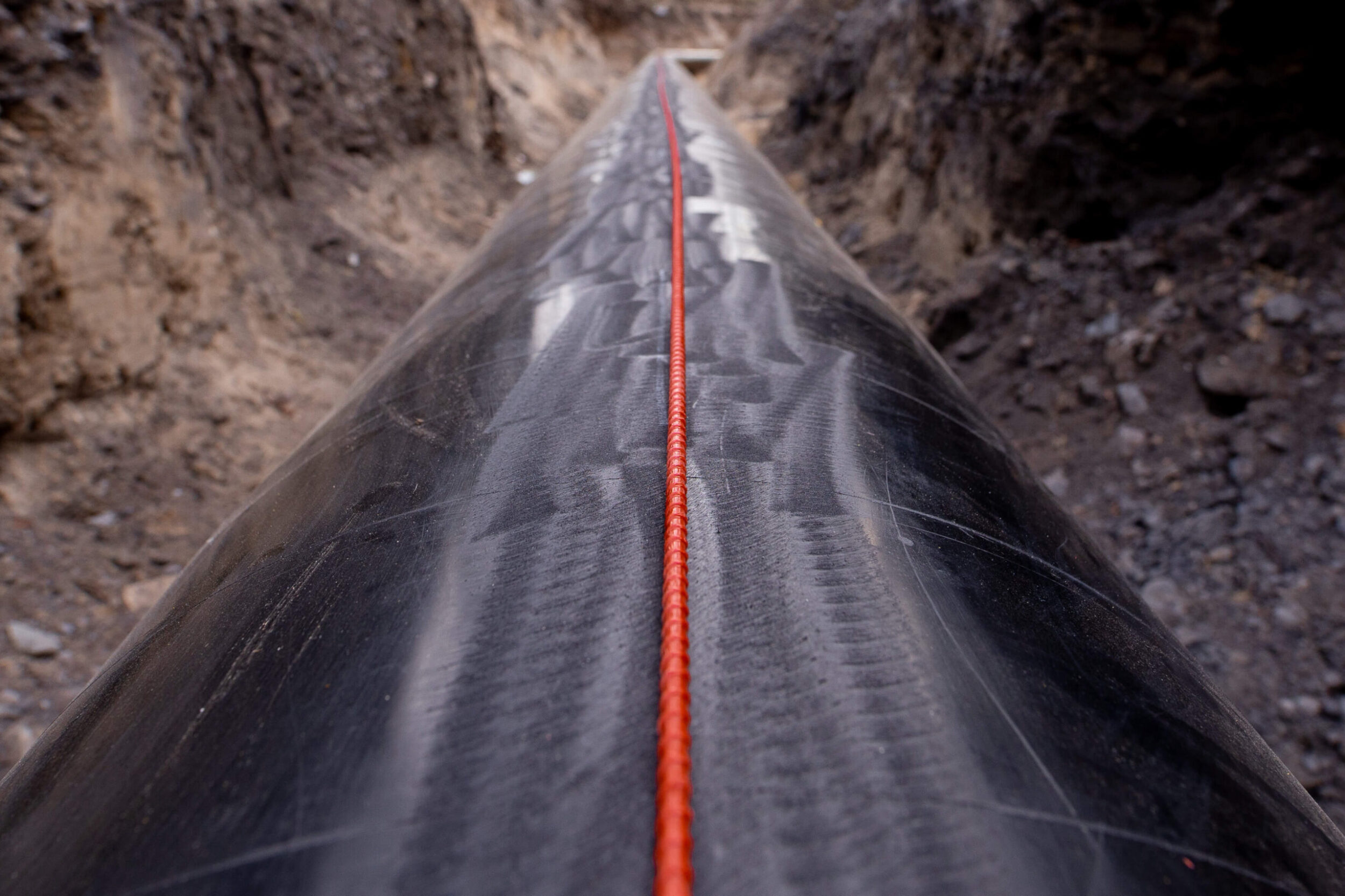
Application of EpsilonRebar on a steel gas pipeline
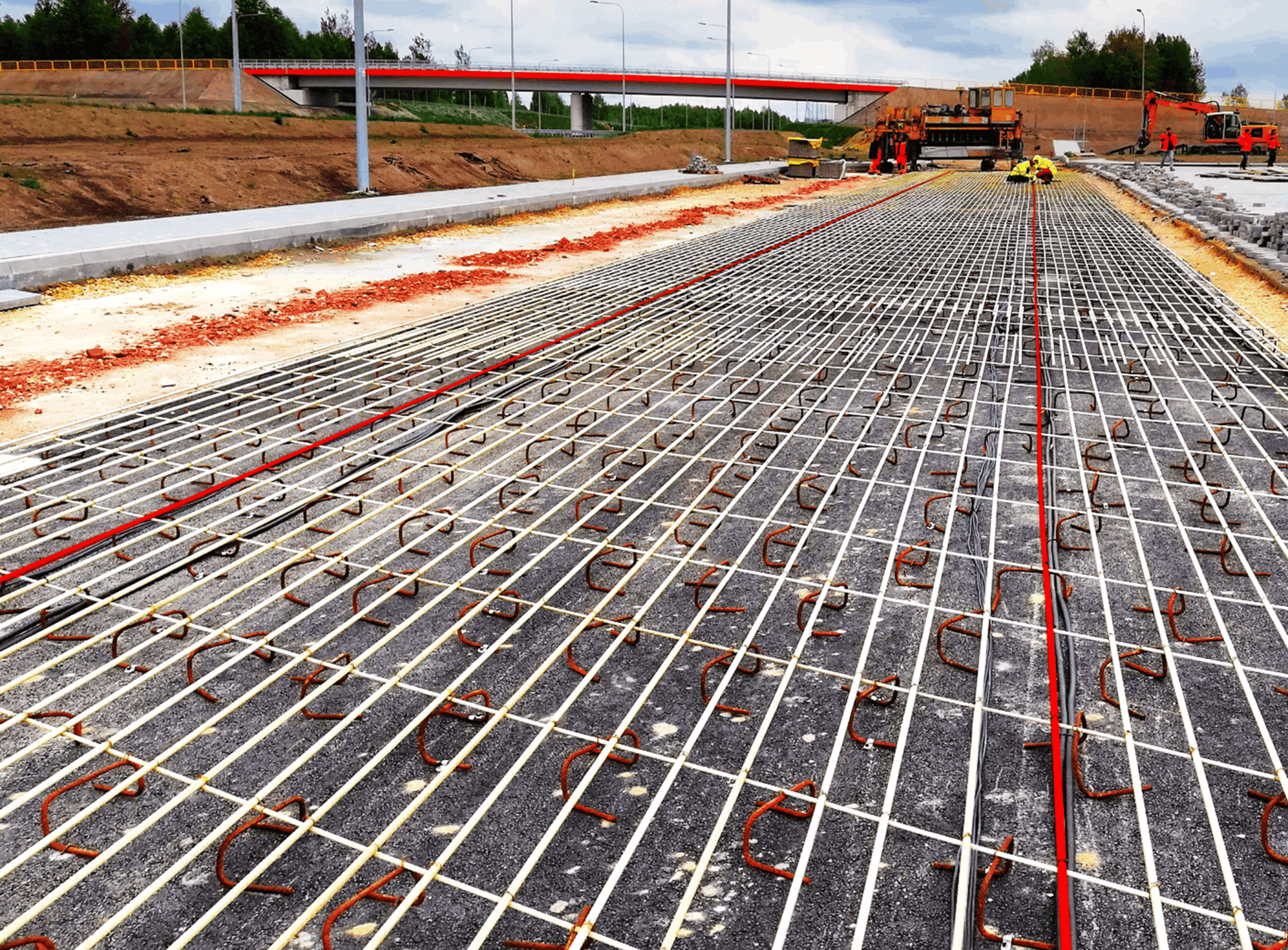
Application of EpsilonRebar in a smart concrete highway
EpsilonRebar Technical Specifications
Strain resolution
1 μɛ
Strain range – both in compression and tension
±2%
Elastic modulus
50 GPa
Tensile strength1
fu > 1 100 MPa
Sensor diameter2
Ø5 mm
Bending radius
400 mm
Sensor mass
45 kg/km
Unidirectional outer braid
yes
Operating temperature3
-20 to +100°C
Core material
GFRP (glass fiber + epoxide)
Scattering compatibility
Rayleigh, Brillouin, Raman
Number of sensing fibres4
2
Type of the fibre5
single-mode SMF 9/125
Attenuation6
< 0.3 dB/km
Sensor length7
up to 1 km
1 According to ISO 10406-1 for rods with diameters up to 12 mm
2 Standard (other diameters available on request)
3 Standard (extended temperature range available on request
4 Standard (more fibres available on request)
5 Standard (other fibres available on request)
6 At 1550 nm wavelenght
7 Sensors can be connected in series
2 Standard (other diameters available on request)
3 Standard (extended temperature range available on request
4 Standard (more fibres available on request)
5 Standard (other fibres available on request)
6 At 1550 nm wavelenght
7 Sensors can be connected in series
EpsilonRebar Installation
Each installation should be designed individually, taking into account specific requirements and local conditions. However, typical methods include:
1. Embedding inside new structures (concrete or ground). This approach is best because it ensures optimal bonding properties, natural protection against mechanical damage and direct sunlight influence. It also allows measurements to be taken from a true strain-stress state and offers the best aesthetics (no visible components on the surface).
2. Installation in near-to-surface grooves for existing structures. This method requires the preparation of the surface by cutting a grove, the size of which depends on the sensor diameter. It is then filled with a chemical anchor just before mounting the sensor. This method offers similar advantages to embedding.
3. Bonding directly to the sanded, cleaned and degreased structural surface. This approach is relatively simple, but has several drawbacks in terms of durability, resistance and sensitivity to external conditions. It can therefore only be used for short-term measurements with stable thermal conditions. It is also important to choose a suitable adhesive.
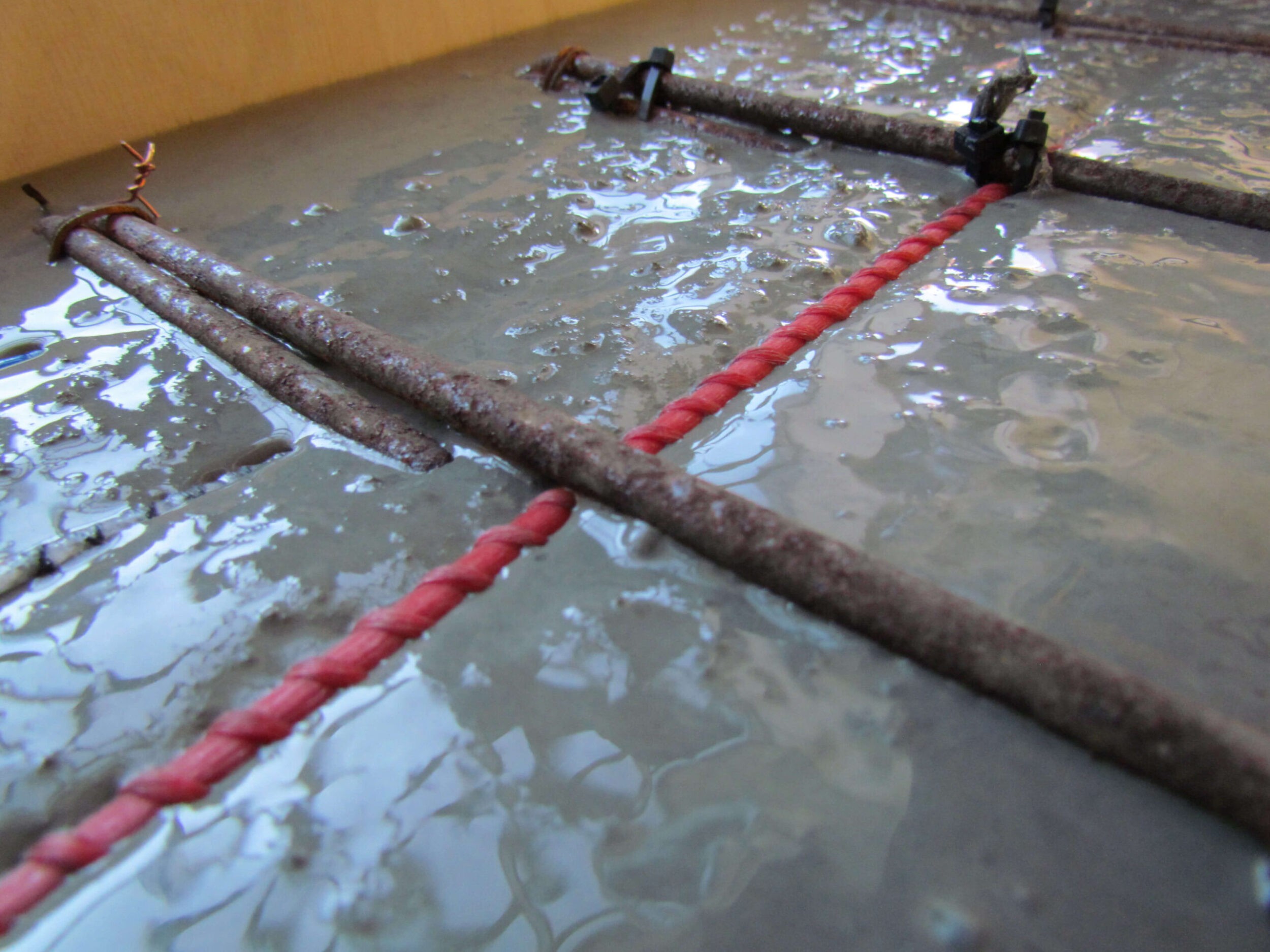
Embedding inside new structures (concrete or soil)
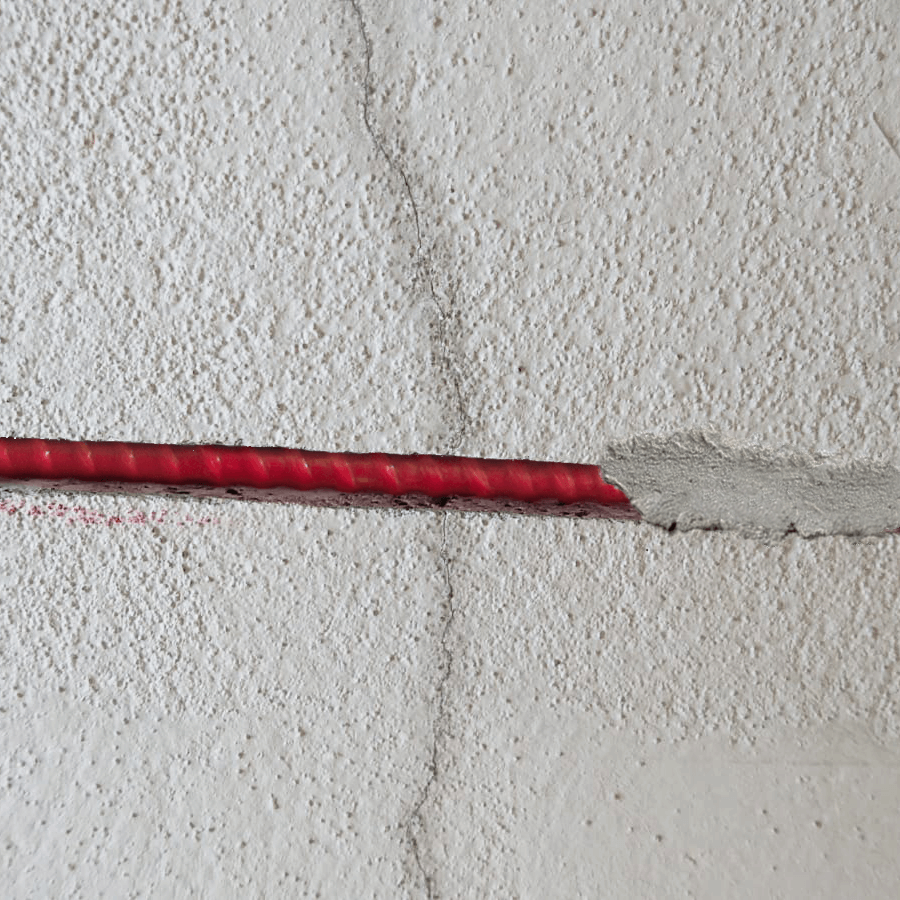
Installation in near-to-surface grooves for existing structures
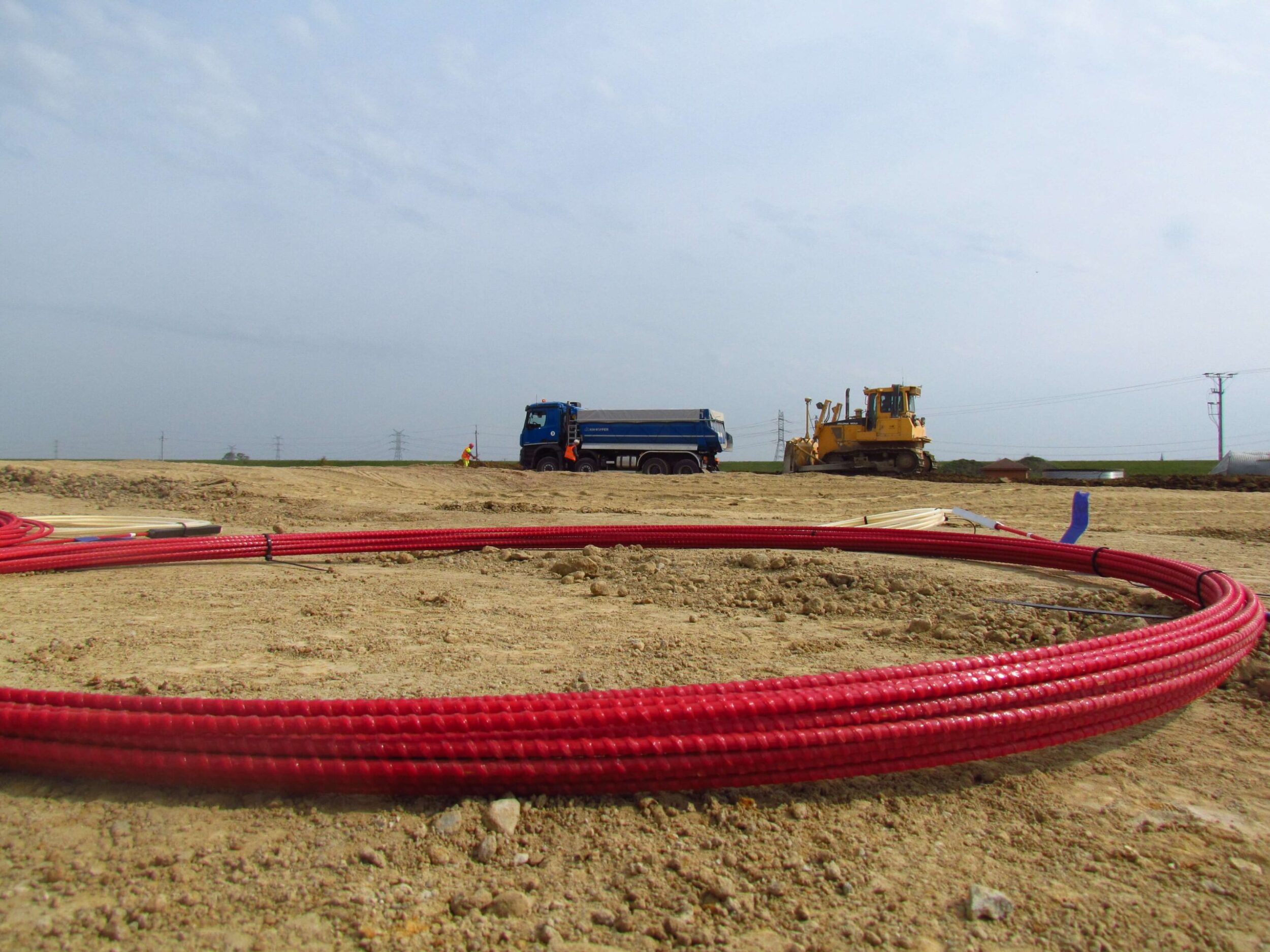
Embedding inside the soil structure
EpsilonRebar FAQ
When to use the EpsilonRebar and when to use the EpsilonSensor?
What is the main difference between EpsilonRebar and EpsilonSensor?
When to use the EpsilonSensor and when to use the EpsilonRebar fiber optic sensor?
Can I use EpsilonRebars instead of rebars in concrete beams?



